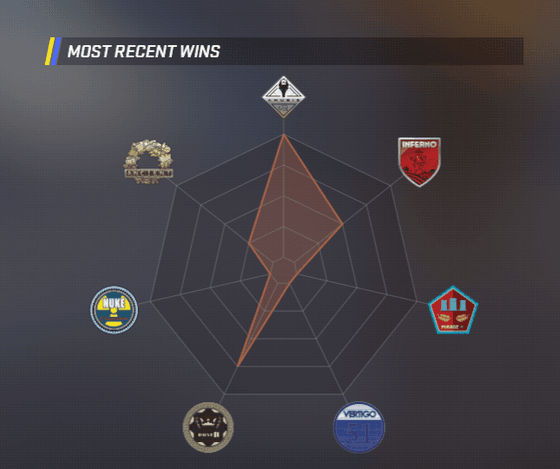Cupid's Hookup Guide
Unlock the secrets to modern dating with our insightful tips and advice.
Veto or Be Vetoed: Navigating the CS2 Map Drama
Dive into the heated battle of CS2 map changes! Discover strategies to navigate the drama and avoid being vetoed. Don’t miss out!
Understanding the Veto Process in CS2: Strategies for Map Selection
The veto process in Counter-Strike 2 (CS2) is a crucial mechanism that allows teams to influence the map selection during a match. Understanding this process can significantly enhance a team's strategic approach, as it involves both banning and picking maps that align with a team's strengths and weaknesses. When the veto phase begins, teams have the opportunity to review the available maps and utilize their knowledge of each team's performance history on these maps. This methodical approach ensures that they not only eliminate maps that favor their opponents but also secure terrains where they can excel.
To master the veto process, teams should consider implementing a few key strategies. Firstly, maintaining a solid understanding of the map pool is essential; players should be familiar with the intricacies of each map, including choke points and tactical advantages. Second, communication is critical during the veto phase; teams should openly discuss their preferences and form a consensus on which maps to ban and pick. Lastly, analyzing past matches and trends can provide valuable insights into the effectiveness of different maps under competitive conditions, aiding teams in making informed decisions. In short, a successful veto strategy revolves around preparation, communication, and adaptability.

Counter-Strike is a highly popular first-person shooter game that emphasizes teamwork and strategy. Players can engage in various game modes, often involving planting or defusing bombs, and this competitive gameplay has created a vibrant esports community. To enhance your gaming experience, you might want to consider cs2 port forwarding, which can help improve connection stability and reduce latency during matches.
The Impact of Community Votes on CS2 Map Rotation: What You Need to Know
The impact of community votes on CS2 map rotation cannot be overstated. With every new update, the developers consider feedback from players, but it's the community votes that often play a decisive role in which maps make the cut. This democratic approach fosters a sense of ownership among players, allowing them to influence the gaming experience directly. Each vote reflects the community's preferences, and when a map is favored, it often leads to its reintroduction into the rotation. Understanding how this voting process works is key for fans who want to stay engaged with the evolving landscape of CS2.
Moreover, the significance of community votes extends beyond just map selection; it impacts the overall gameplay dynamics. When popular maps return due to strong community support, players can expect enhanced strategies and teamwork that were previously developed in those environments. As a player, participating in these votes not only highlights your map preferences but also contributes to shaping the future of CS2. To keep your voice heard, regularly check for voting opportunities, engage with the community, and express your opinions on social platforms.
Vetoing Explained: How to Make Strategic Choices in Competitive CS2 Matches
In competitive CS2 matches, making strategic choices can often mean the difference between victory and defeat. One vital aspect of this decision-making process is the concept of vetoing. Before the match begins, teams have the opportunity to eliminate maps from the pool, based on their strengths and weaknesses. This veto process allows you to focus on maps where you feel more confident while denying your opponents their preferred playing fields. Understanding the dynamics of different maps and how they play into your team's strategy is crucial. Teams should evaluate their past performances on each map and consider which ones give them the highest chance of success.
To execute effective vetoing, it’s important to have a clear understanding of both your team's playstyle and the enemy's tendencies. Here are a few strategic tips to guide your choices:
- Analyze recent matchups and identify maps both teams excelled on.
- Communicate openly with your team about which maps players feel most and least comfortable on.
- Focus on eliminating maps that play to your opponent’s strengths.